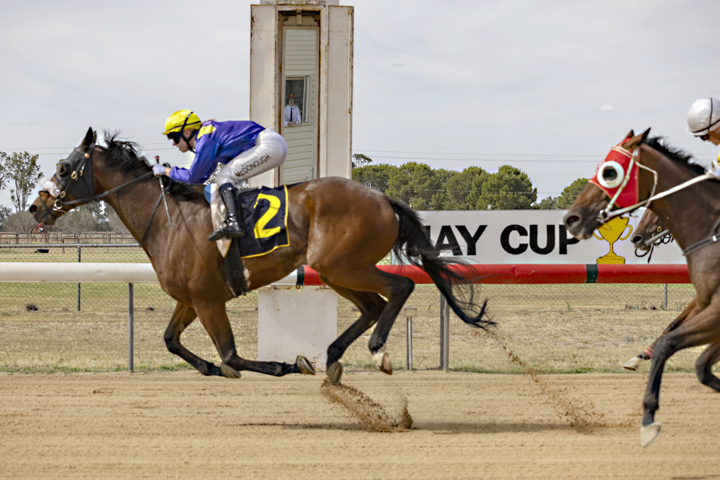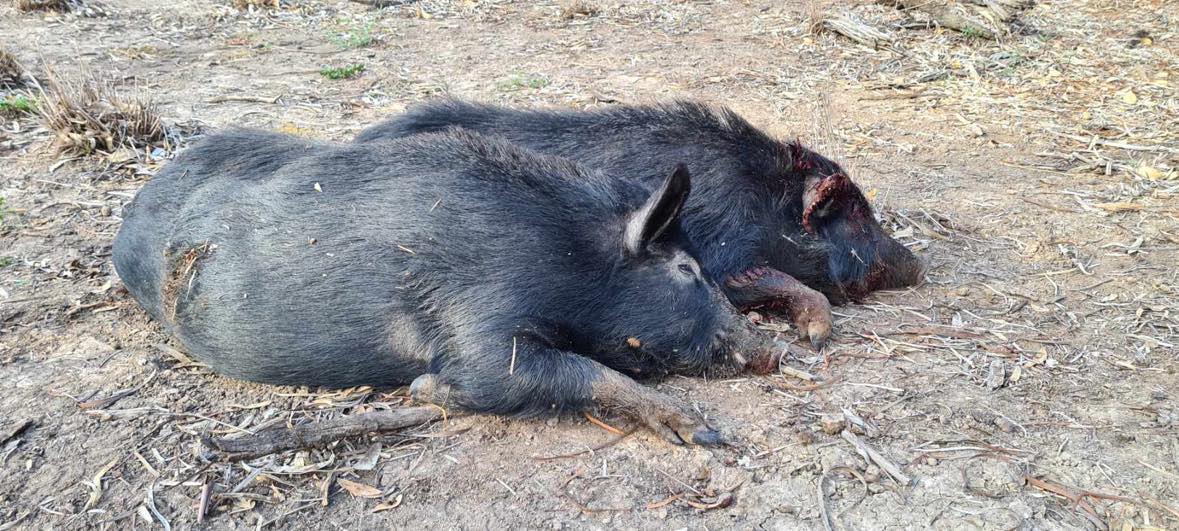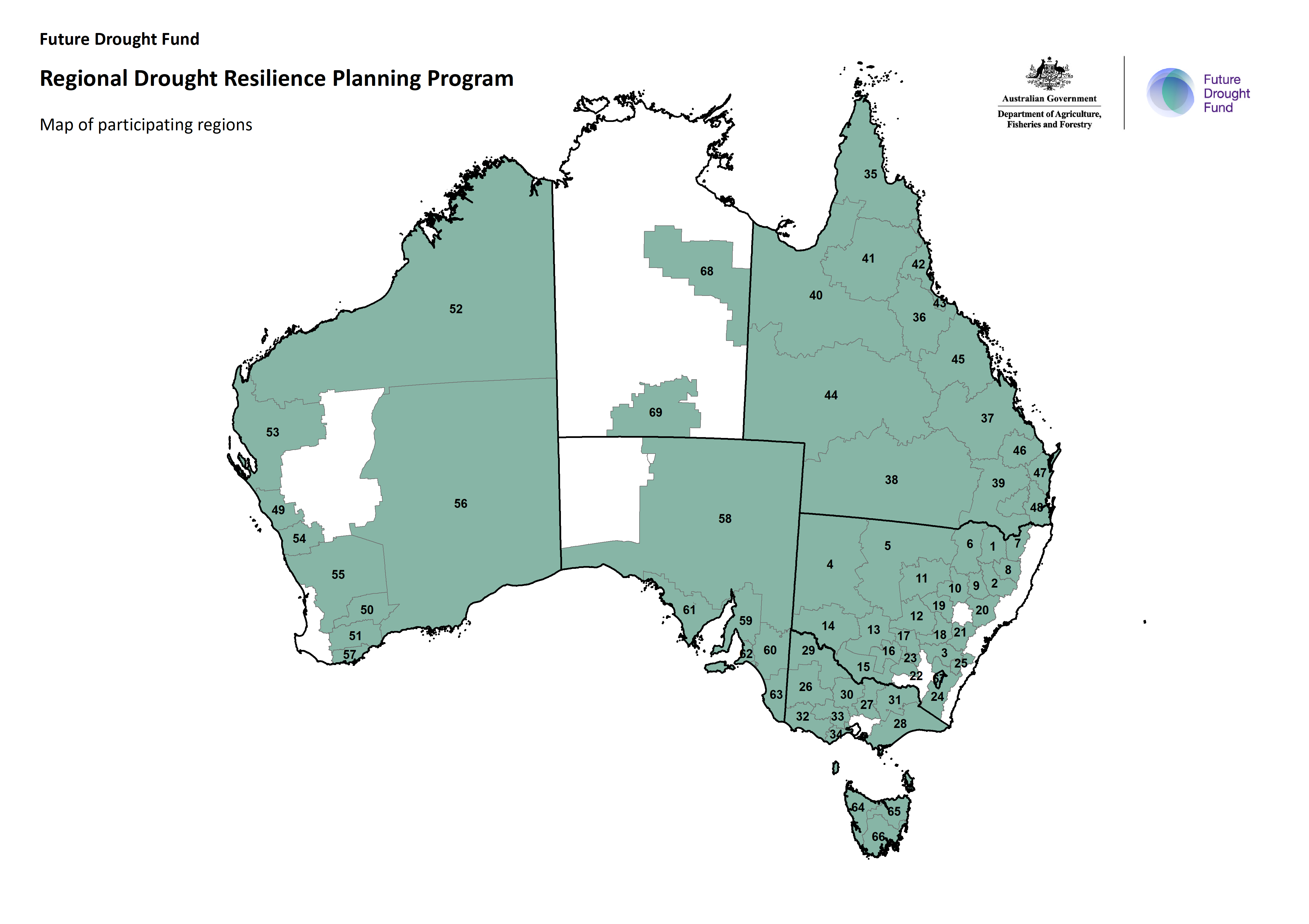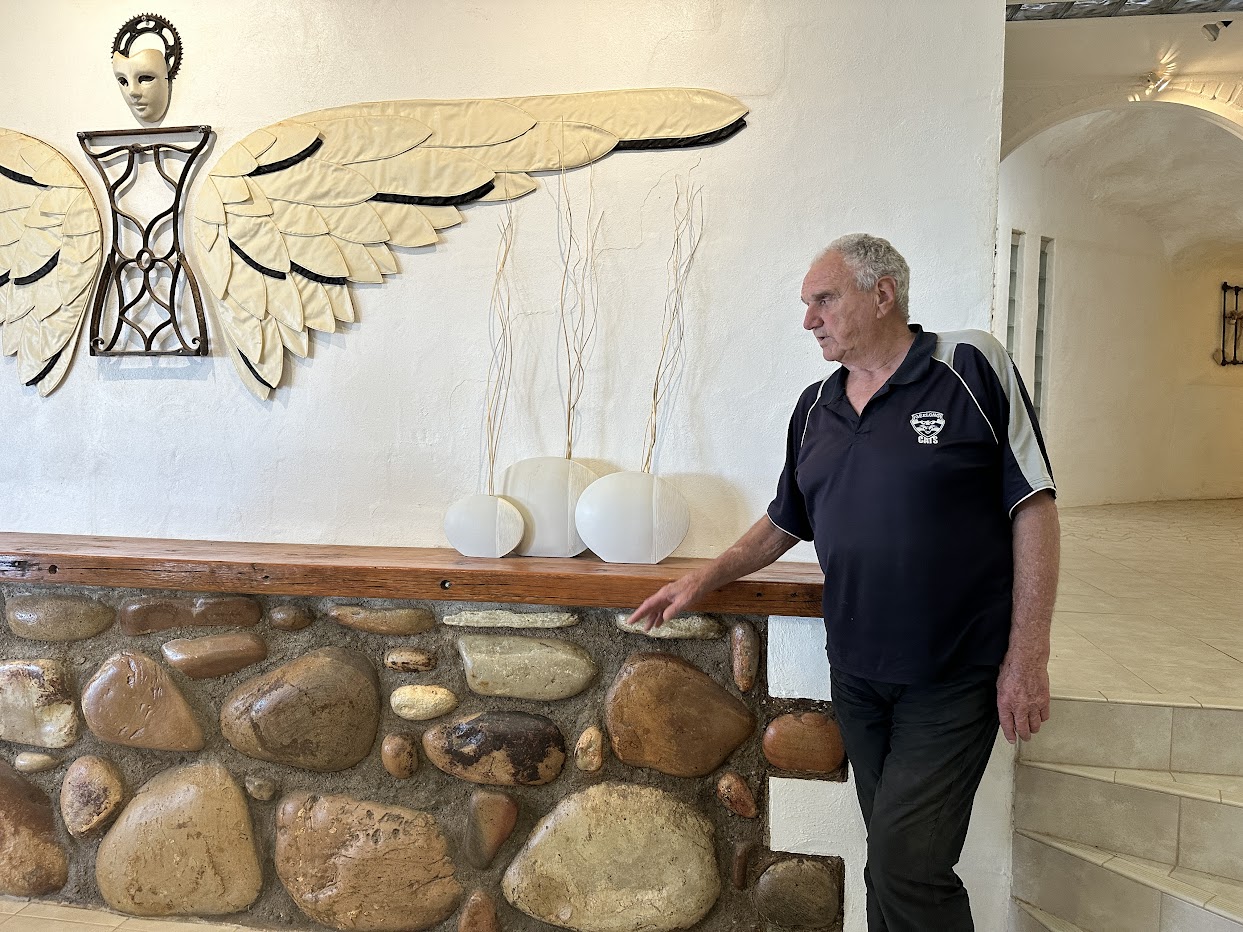The importance of rural racing - support the Hay Races
Kimberly Grabham
23 November 2025, 4:00 AM
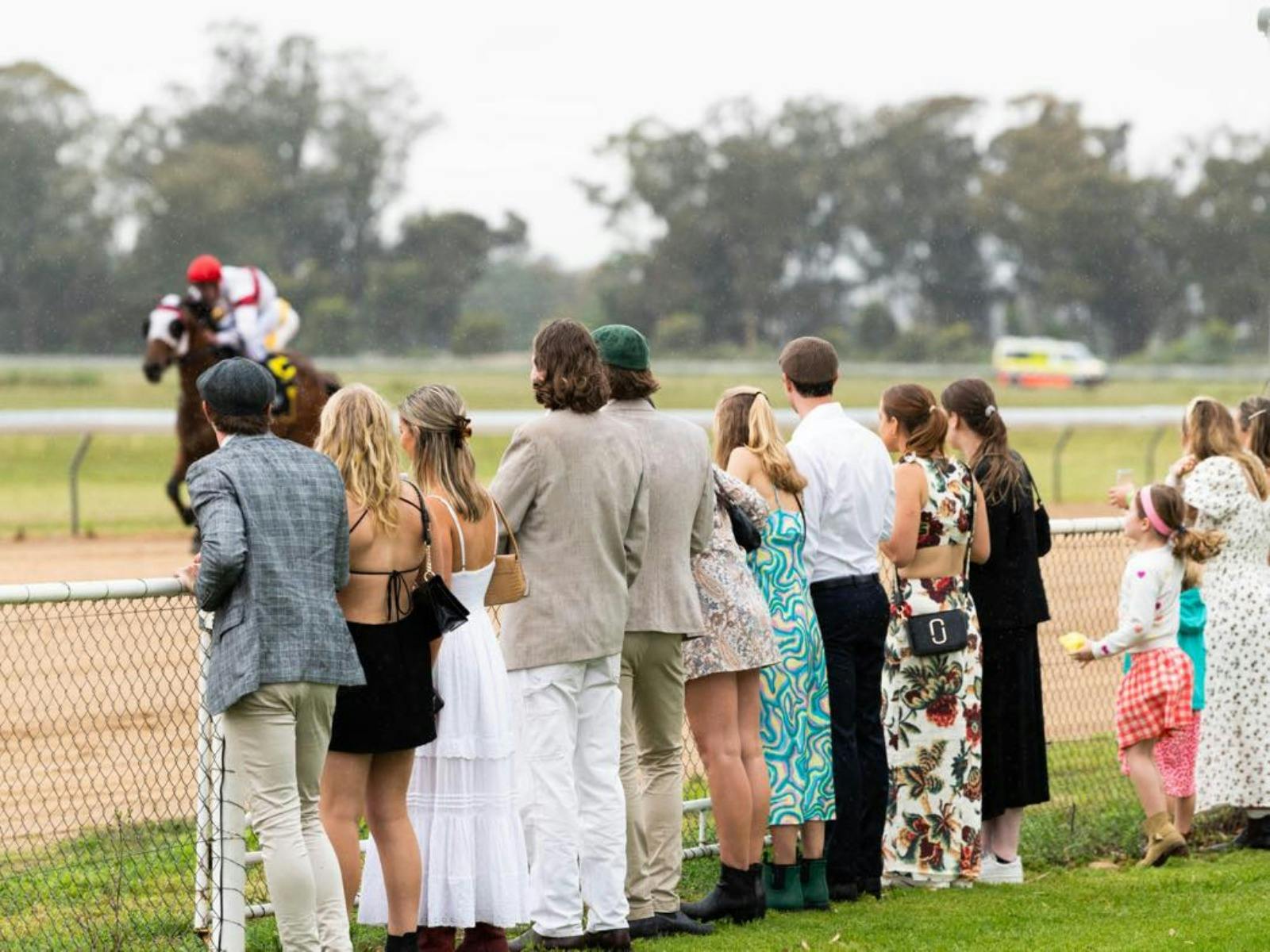
Country racing is absolutely vital to the entire racing industry, according to Michael Bailey, and events like the Hay Cup play a role that extends far beyond a single day's entertainment. Bailey, who has spent nearly 40 years working in country racing across multiple clubs, believes rural race meetings are essential to the fabric of regional communities and the future of thoroughbred racing in Australia.
The economic impact alone is substantial. Bailey is certain the Hay Cup injects more money into the town than any other single event throughout the year, and has done so consistently for decades.
But the importance goes well beyond the immediate financial boost.
Country racing serves as the entry point for the next generation of owners, trainers, jockeys and racing enthusiasts who will sustain the industry into the future.
Bailey points out that residents of Hay and similar country towns often have shares in horses trained by major Sydney and Melbourne stables, even if they don't broadcast the fact.
That connection between country communities and city racing didn't emerge from nowhere.
It developed because people first encountered racing at their local track, got interested, joined small syndicates, and gradually became more involved.
Without country racing as that entry point, the pathway simply wouldn't exist.
The industry has recognised this need to attract younger people and has adapted accordingly.
Race days now emphasise atmosphere and entertainment alongside the racing itself.
At one stage this went too far in the direction of bachelor and spinster balls, with some venues experiencing problems, but the balance has shifted toward more upmarket events.
The Hay races exemplify this, with entertainment planned at the Services Club after racing including live bands. It's about giving people aged 18 to 35 a reason to attend, and once they're there, introducing them to the racing.
Major tracks have embraced this approach enthusiastically.
At Randwick, there's now a live stage out the back where top headliner acts perform from around half past four as racing finishes.
Thousands stay on until eight, nine, ten o'clock at night, drawn by the bands and shows.
The same principle applies to events like The Everest, which combines elite racing with a party atmosphere.
These young attendees become tomorrow's owners, and the cycle continues. It's about investment in the future rather than simply running race meetings.
The ownership model itself has changed dramatically. In the old days, looking through a Hay race book would show horses owned by Mr and Mrs Someone, usually people of means, with relatively few participants.
Now a horse racing on any given weekend might have 300 owners spread across multiple horses within their ownership group.
This democratisation of ownership has opened racing to people who could never have afforded sole ownership, and country racing is where many first encounter these opportunities.
Country racing also provides essential infrastructure for the sport. Someone has to feed into the elite level racing at Randwick, Flemington and other metropolitan tracks.
The big time events like The Everest, Melbourne Cup, Sydney Cup and Golden Slipper that dominate media coverage don't emerge from nothing. Horses, trainers, jockeys and owners all develop through the country racing system before some progress to city competition.
Without thriving country racing, the entire structure would be metropolitan centric, disconnected from the broader community, and ultimately unsustainable.
Yet country racing faces significant challenges, particularly around volunteers and organisers. Bailey is blunt about this.
The people working hardest to put on events like the Hay Cup, including his friends and fellow committee members Cameron Clark, Ali McLean, Marg Harvey, Sally Smith Johnny Maxwell and many more, are his age or older.
The next generation, those aged 25 to 45, haven't fully embraced the volunteer culture required to sustain community institutions.
He sees the same pattern at the football club he's involved with in Wagga, where organisational roles and behind the scenes work increasingly fall to ageing volunteers. Bailey doesn't fully understand whether this is a generational shift or reflects broader social changes, but the pattern is clear.
The volunteer willing to do the unglamorous work of keeping clubs with long histories functioning is becoming harder to find, and it's not unique to Hay, Narrandera or any single town.
Even larger centres like Wagga struggle with exactly the same issue. If the trend continues, institutions that have served communities for decades risk struggling simply through lack of organisational support.
This is why Bailey emphasises that supporting country racing means more than buying a ticket or having a bet.
Financial support matters, and people who enjoy themselves at events like the Hay Cup should certainly consider membership and patronage. But the real support comes from people stepping up to volunteer, joining committees, taking on organisational roles, and committing to keeping these institutions alive.
It's about ensuring the next generation of organisers emerges to replace those who have given decades of service.
Bailey acknowledges that all the locals and volunteers at Hay work incredibly hard to put on a great show, and he knows this from personal experience both there and at Narrandera where he's been involved even longer.
As someone he describes as a relative outsider to Hay despite his decade on the committee, he has deep appreciation for the effort required.
He genuinely hopes people attending Saturday's races recognise that effort, support the committee, and consider how they might contribute to keeping country racing strong.
The long term health of racing depends on country clubs surviving and thriving.
The social fabric of country communities benefits from events that bring people together, inject economic activity, and provide focal points for community pride.
The next generation of racing industry participants emerges through exposure to country racing.
And perhaps most fundamentally, country racing represents something worth preserving simply because communities that lose their institutions, their traditions and their gathering places become poorer in ways that can't easily be quantified.
As Bailey prepares for his 40th season involved in country racing, his passion for the sport and his commitment to its future remain undiminished.
His message is clear: attend the races, have a bet, enjoy the entertainment, but also think about how you can contribute to ensuring country racing continues to thrive for another 40 years and beyond.
The Hay Cup on Saturday represents far more than one afternoon's racing. It represents a tradition worth preserving and a future worth investing in.
NEWS
SPORT
RURAL



